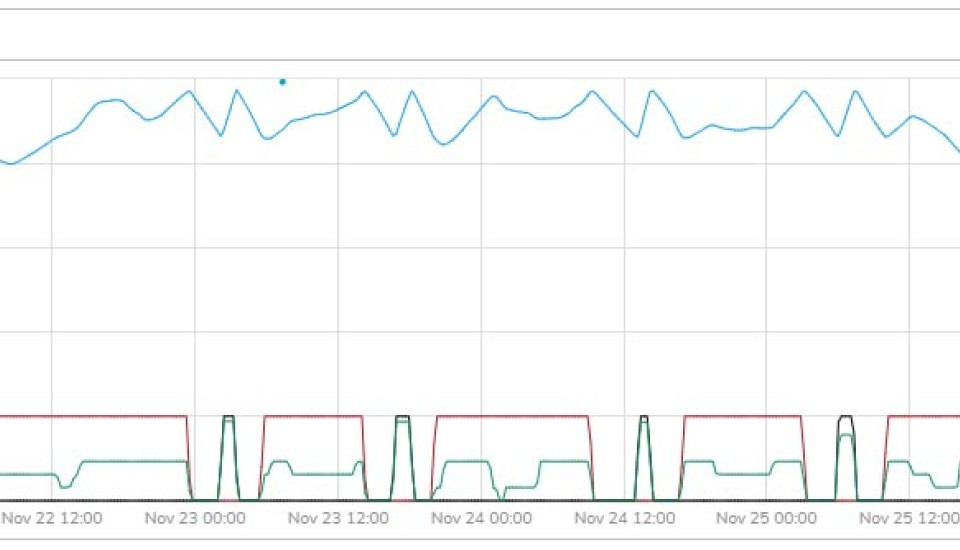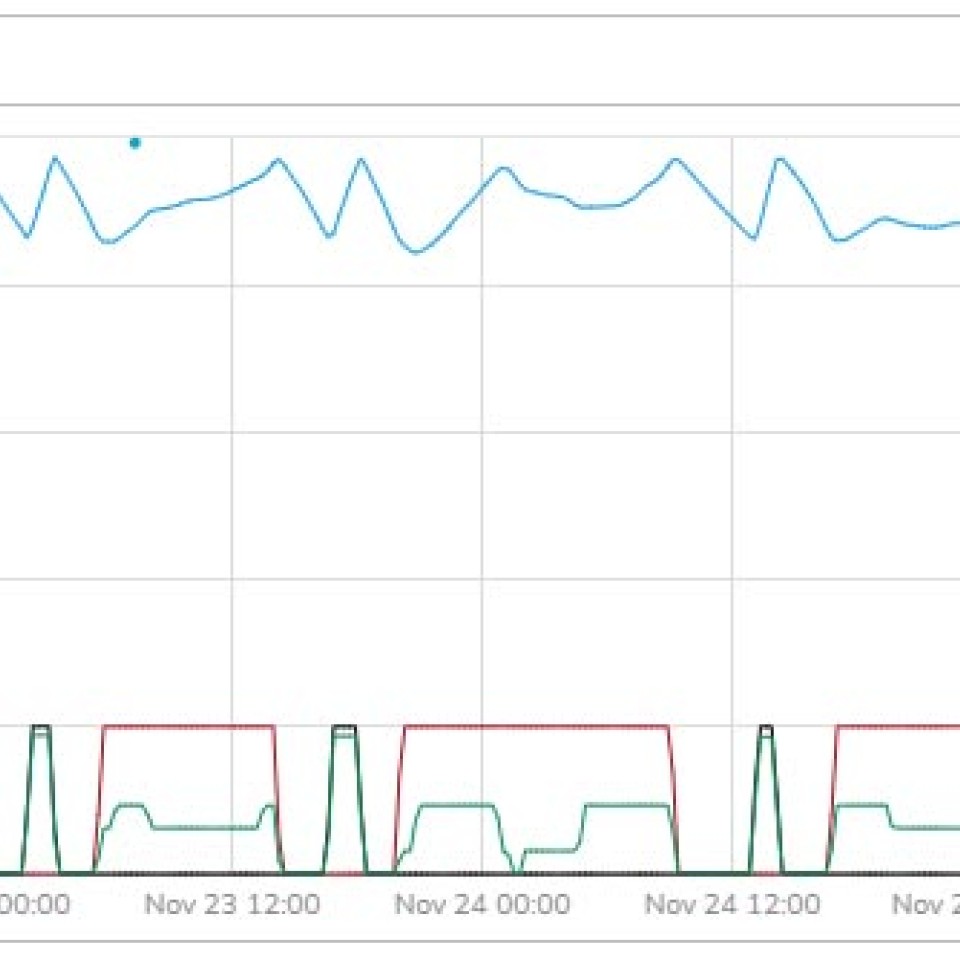
Optimizing Water Management with Infrastructure Data
Challenge:
Operators at a water reservoir detected a seemingly low reservoir level, prompting immediate concerns of a potential leak. The instinctive response was to consider deploying a leak detection contractor, a costly and time-consuming solution.
Solution:
The Water Service Team Leader decided to leverage data analytics before taking any drastic measures. By utilizing the available data and trends on Infrastructure Data (ID), even with minimal tags set up for the site, a more informed decision-making process was initiated.
Discovery:
Upon analysis, it became evident that Pump 2 was outperforming Pump 1, with shorter run times and higher flows. Instead of opting for leak detection, the team switched duty to the higher-performing pump. The immediate impact on the trend was noticeable. Further investigation revealed that a recent change in the pump control had limited the max speed from 50Hz to 40Hz on Pump 1.
Outcome:
Infrastructure Data (ID) proved to be a valuable tool for demand management during high-usage periods and an essential fault-finding resource. The ability to quickly and easily analyze trends prevented the unnecessary deployment of leak detection services, saving the company considerable costs and avoiding the loss of valuable time. The incident underscored the significance of leveraging data-driven insights in real-time decision-making for effective problem resolution. The council now recognizes ID not just as a monitoring tool but as a critical component of their proactive approach to water management.
Key Takeaways:
- Data-Driven Decision Making: The case exemplifies the importance of relying on data analytics before resorting to traditional, costly solutions.
- Efficiency Improvement: Identifying and switching to the higher-performing pump promptly resolved the issue, showcasing the power of ID's data analysis in optimizing operations.
- Cost Savings: By avoiding unnecessary leak detection deployment, the company saved significant costs and valuable time.
- Proactive Approach: ID emerged as a proactive tool for both demand management and fault-finding, contributing to more effective and timely decision-making.
This case study highlights the transformative impact of incorporating infrastructure data analysis into operational protocols, leading to improved efficiency, cost savings, and a proactive approach to problem-solving.
Duncan McInnes - Water Services Operations Team Leader
"I think this highlights ID as an incredibly useful tool for demand management during high usage periods as well as an essential fault finding tool."

